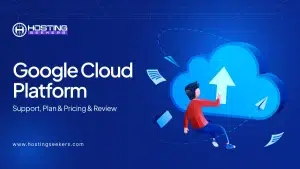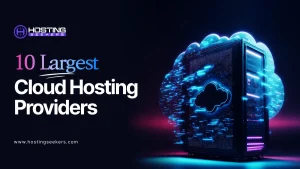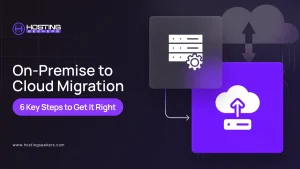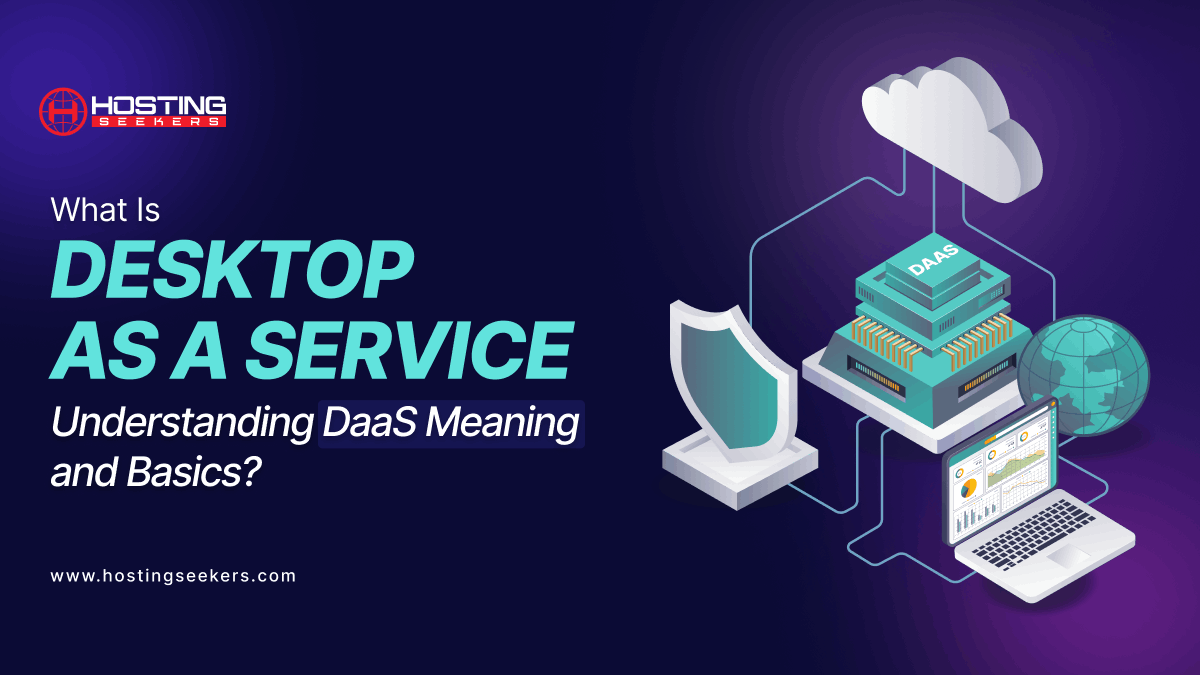
What Is Desktop as a Service: Understanding DaaS Meaning and Basics
Cloud Industry Updated on : December 31, 2025Desktop-as-a-service (DaaS) is an easy concept that has gained more popularity over the last several years. As more workplaces have transitioned from hybrid to remote work environments, businesses have utilized DaaS architecture to help ensure data security and team productivity. In this guide, we will walk through the guide on what Desktop as a Service is and how it will help you. Let’s get started…
What is DaaS?
Desktop as a Service (DaaS) is a cloud computing solution that offers virtual desktop infrastructure (VDI) services to users via internet networks. DaaS neglects the need for traditional physical desktops, hosting a desktop environment on a remote server. This allows users to access their Desktop from any device, providing greater mobility and flexibility.
Traditional desktop management can be expensive, inflexible, and complicated to upgrade, especially in the remote working era. Additionally, Desktop as a Service (DaaS) is a robust solution to these challenges.
By offering virtual desktops from the cloud, DaaS in cloud computing provides businesses the flexibility to scale resources up or down as required, reduce IT management, and ensure secure access to desktop environments from any location. Therefore, this modern approach allows companies to quickly adapt to changing business needs, enhance productivity, and optimize costs while offering a seamless user experience. Let’s understand the types of DaaS.
Types of Desktop as a Service (DaaS)
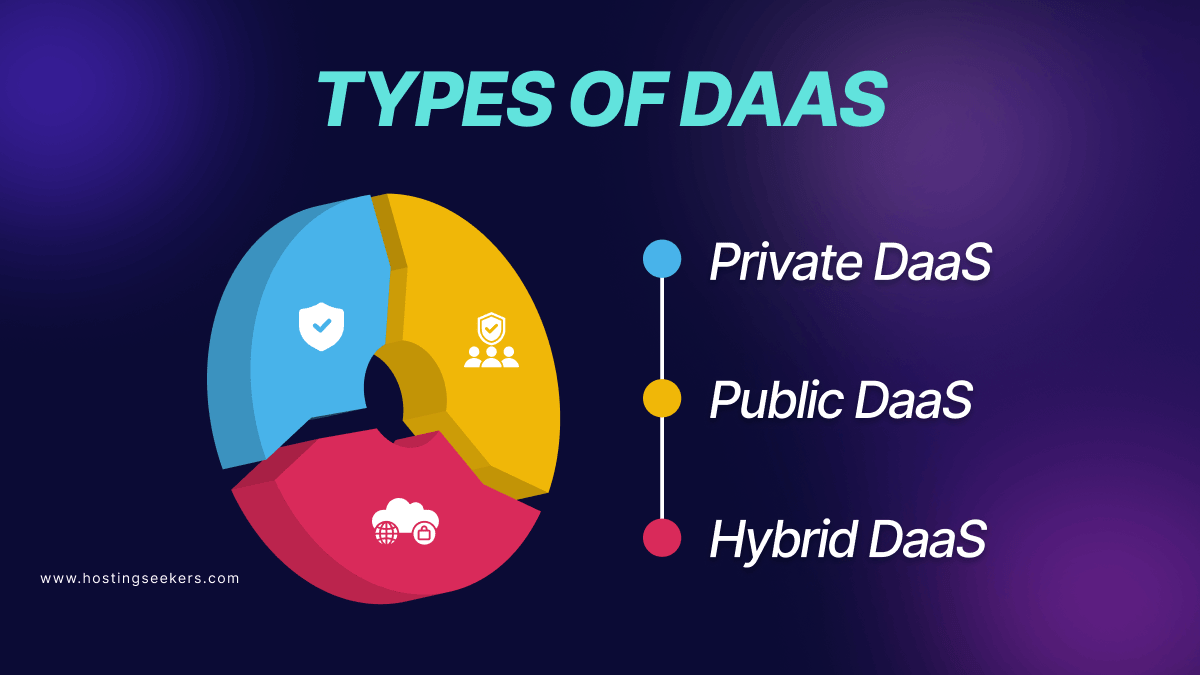
1. Private DaaS
Private DaaS is mainly delivered through a private cloud, offering enhanced control and security. The Private cloud infrastructure is mostly owned by the company. It makes it meaningful for businesses with regular virtual desktop requirements and sensitive, business-critical data and apps. Moreover, with private cloud, businesses can gain full control of their infrastructure and also regulatory compliance.
2. Public DaaS
Public DaaS is mostly hosted on a public cloud platform. It allows organizations to seamlessly scale resources up or down with less upfront investment. Also, public cloud DaaS is ideal for businesses with a straightforward, pay-as-you-go model, allowing access to the latest security and technology updates.
3. Hybrid DaaS
Hybrid DaaS combines the two, providing flexible and strategically personalized solutions. This approach ensures compliance and robust security wherever required while benefiting from the public cloud’s dynamic resource allocations and cost savings.
How Does Daas Work?
DaaS platform hosts virtual desktops on remote servers managed by a third-party Dass provider. These providers manage all the backend infrastructure, including server maintenance, security, and software updates.
Also, the virtual Desktop mimics the traditional physical Desktop and makes it available and accessible via the Internet. Users can access their virtual Desktop via a client application or web browser on tablets, smartphones, or laptops. DaaS providers mainly optimize their networks to reduce delays.
Furthermore, one of the main requirements for users is a stable internet. Therefore, users’ access is safeguarded via encryption and MFA (multi-factor authentication) to ensure data protection. Also, centralized security controls help protect vital data and comply with industry regulations.
One of the main advantages of DaaS Software is its capability to upscale resources up or down depending on demand. Therefore, during seasonal spikes or peak times, to save cost. A DaaS fundamental trait is mainly provided on a subscription basis, enabling businesses to pay for what they utilize.
DaaS Trends for 2026
DaaS market is expected to grow by over 200% from 2021 to 2026. Also, the Desktop-as-a-Service (DaaS) market is predicted to increase by $7.08 billion in 2026 (Source: researchnester.com).
DaaS adoption continues to surge, driven by the rising requirements of businesses worldwide. According to recent research and studies, the DaaS market has witnessed substantial growth in the past few years, with projections including even further expansion in the near future.
Also, the work environment has undergone a significant transformation, with remote work becoming increasingly prevalent across Industries. As businesses strive to adapt to this new reality, the need for efficient and accessible desktop solutions has become more pronounced.
DaaS technology provides a compelling solution, allowing businesses to provision virtual desktops on demand and facilitating an easy remote work experience for employees.
Why Select DaaS for Your Enterprises?
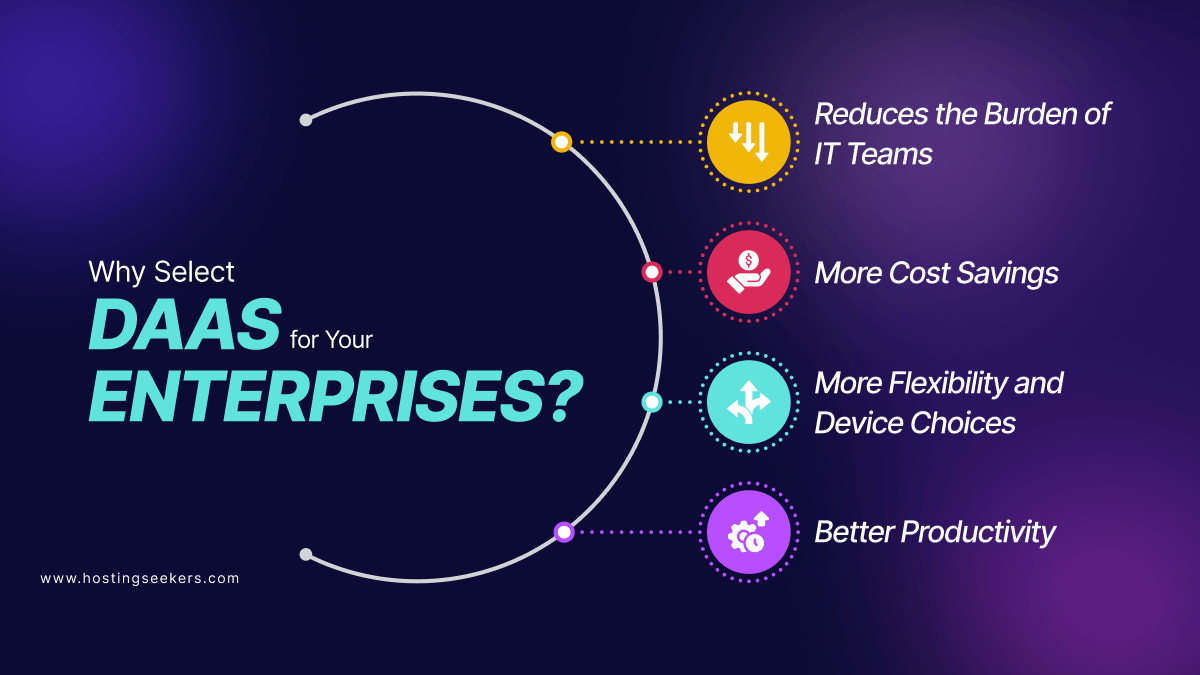
Organizations require fast, intelligent, and interactive devices to be more productive. However, not all organizations have an equal budget to invest in these devices. Let’s check out why you need to select DaaS for your enterprises:
1. Reduces the burden of IT Teams
Data as a Service (DaaS) solutions help save your IT teams from the burden of hardware headaches. Also, DaaS provides monthly management of the entire set-up cycle, from initial development and deployment to maintenance and eventual disposal.
They preload vital software, configure security settings, and enable devices to be ready to use, depending on delivery. In addition, the responsibility of applying security patches and software updates also transforms the Provider in case the device malfunctions. The Provider manages repairs or replacements.
2. More Cost Savings
Cost efficiency is DaaS’s main advantage. Traditional desktop infrastructures often require substantial upfront investments in hardware, software licenses, and infrastructure to support them.
Additionally, the ongoing costs of managing and maintaining these systems, including repairs, energy consumption, and eventual hardware replacements, can be more significant. The ability to scale services up or down depending on need enables you to only pay for what you use, offering a more economical solution, especially for businesses with fluctuating demands.
3. More Flexibility and device choices
Remote work has become the new norm in today’s working era, and flexibility is vital. Employees increasingly utilize devices like smartphones, laptops, and tablets to access corporate resources. Daas platforms are developed to support this device diversity by allowing employees to access their virtual desktops from any device with an internet connection.
Whether your employees are working from home, traveling, or operating at different branches, they can securely access their desktops, apps, and files as if they were in the office. This elaborates efficiency and convenience, as employees no longer need to be tied to a particular physical device or location to get their work done.
Additionally, DaaS makes it easy to support “Bring your own device” (BYOD) policies, which allow employees to use their devices to access corporate systems. This improves employee satisfaction and reduces the organization’s hardware costs.
4. Better Productivity
DaaS cloud explores productivity in multiple ways. First, it enables employees to have uninterrupted access to their work environments. Employees can easily switch to another device and continue working without downtime. Virtual desktops are stored in the cloud, which means they are accessible from anywhere, providing greater flexibility for employees to work at their convenience.
Moreover, because DaaS typically offers high performance with robust servers and optimal storage, virtual desktops perform better than traditional local desktops. Employees benefit from faster processing speed, seamless performance, and reduced lag, all of which contribute to a more efficient and productive work environment.
Conclusion
Desktop as a Service (DaaS) represents a modern, cloud-based solution that provides businesses with the scalability, flexibility, and cost efficiency required in today’s dynamic work environment. By offering virtual desktops via the Internet, DaaS enables businesses to streamline IT management, reduce hardware investments, and offer employees secure access to their work environments from any device and location.
Frequently Asked Questions
Q 1. Is DaaS a software?
Ans. No, DaaS (Desktop as a Service) is not software but rather a cloud-based service that delivers virtual desktops to users over the Internet. It enables access to a complete desktop environment and applications without requiring physical desktop hardware, allowing businesses to centralize desktop management.
Q 2. What is the future of DaaS?
Ans. The future of DaaS is bright as businesses continue to adopt cloud solutions. With the increasing demand for remote work flexibility, cost-efficiency, and scalable IT infrastructure, DaaS is expected to grow significantly. It will likely evolve with better AI and machine learning integration for enhanced performance, security, and automation, making it an essential part of modern IT ecosystems.
Q 3. How secure is DaaS?
Ans. DaaS is highly secure as it operates in a cloud environment where the cloud service provider manages security. DaaS Providers typically implement robust security measures, such as data encryption, multi-factor authentication, regular security updates, and firewalls. The cloud stores data centrally, reducing data breaches from lost or stolen devices. However, businesses should ensure they choose reputable providers with robust security standards.
Q 4. Is DaaS a cloud service?
Ans. Yes, DaaS is a cloud service. It offers a virtual desktop through the cloud, enabling users to easily access a desktop through the internet. As the desktop is hosted in the cloud, businesses don’t need to manage and organize on-premises infrastructure or hardware, making it a flexible and efficient solution.
Q 5. What is a DaaS model?
Ans. The DaaS model is a subscription-based service where businesses can opt for a per-month or yearly price to easily access virtual desktops hosted in the cloud. This model offers more flexibility, enabling organizations to scale up the number of desktops as required and pay only for what they utilize.


